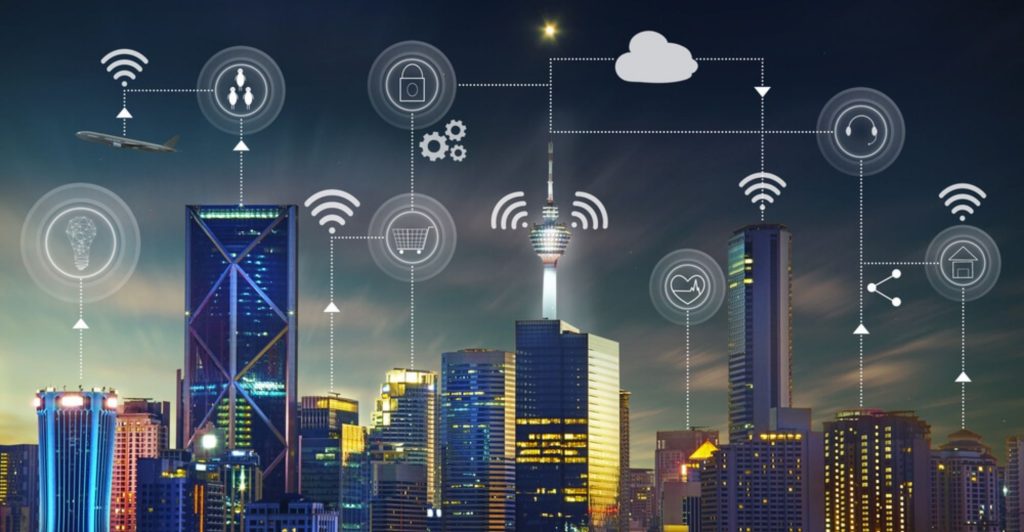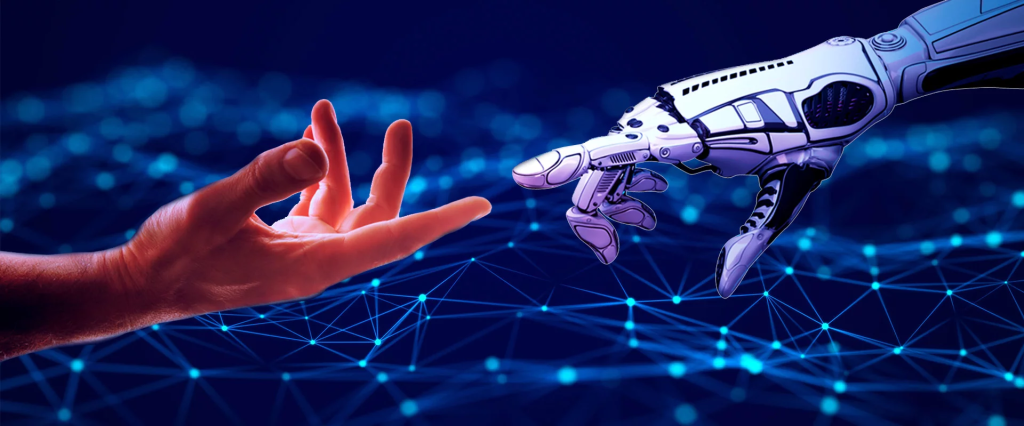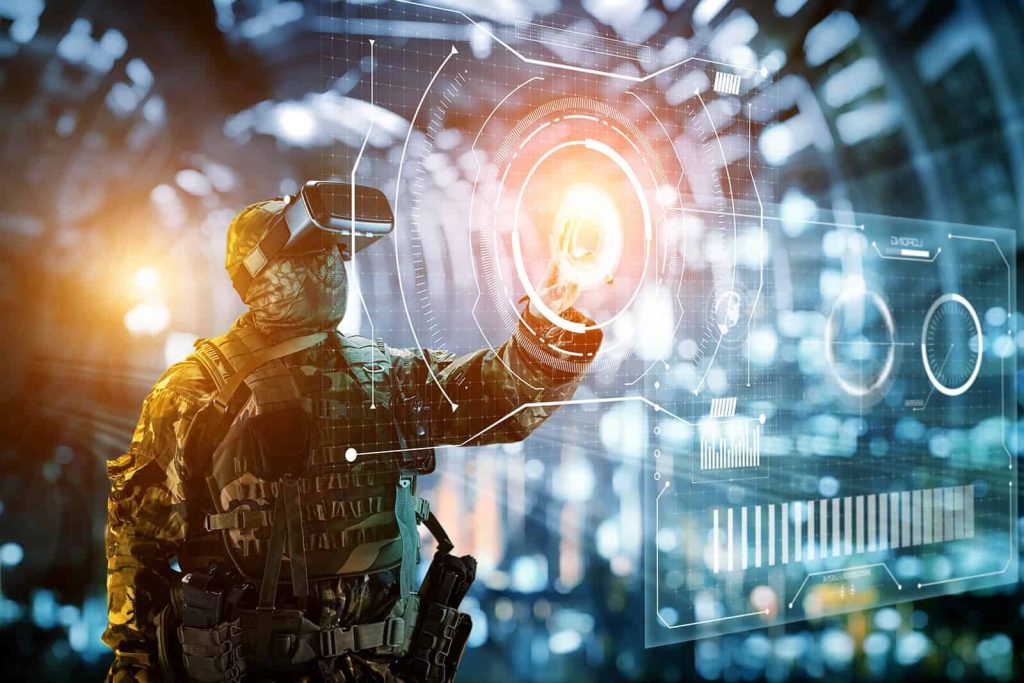Look into the future
Imagine a city where traffic flows smoothly, energy consumption is optimized, public services are efficient and easily accessible, and the environment is sustainably protected. This vision of urban life may have seemed like science fiction a few decades ago, but it is increasingly becoming a reality in the form of “smart cities.”
In this section, we delve into the exciting world of smart cities, offering you a glimpse into the future of urban development. This promising concept has captured the imagination of urban planners, tech enthusiasts, and policymakers around the world, as it promises to revolutionize the way we live, work, and interact with our urban environment.
Let’s look at the key aspects of smart cities :
1. Smart City Concept : At its core, a smart city harnesses the power of technology and data to improve the quality of life for its residents. It integrates advanced digital solutions with traditional urban infrastructure to create a more connected and efficient urban environment.
2. Technological foundation : Smart cities rely on a robust technology infrastructure that includes high-speed internet, sensors, and data analytics. For example, Singapore’s Smart Nation initiative has deployed thousands of sensors across the city to monitor everything from traffic flow to air quality, creating a real-time feedback loop that enables quick decision-making .
3. Mobility and Transport : Smart cities are addressing urban mobility issues with innovative solutions. For example, Barcelona’s implementation of the Smart Bus network uses real-time data to optimize routes and schedules, reduce congestion, and improve the overall travel experience.
4. Energy efficiency : Sustainable energy management is a hallmark of smart cities. For example, in Copenhagen, the city’s integrated heating system captures excess energy from power plants and industrial processes and redistributes it to thermal buildings, reducing energy waste and greenhouse gas emissions .
5. Improved Public Services : Cities are expanding public services through technology. Vienna, Austria, offers a prime example from its Digital Vienna initiative, which allows residents to access government services online, from renewing licenses to accessing health information.
6. Environmental sustainability : Smart cities are interested in preserving the environment . Curitiba, Brazil, is a pioneer in sustainable urban planning, with an extensive bus rapid transit system, green spaces and an eco-friendly waste management system.
7. Quality of life : Ultimately, smart cities aim to improve the quality of life of their residents. By optimizing infrastructure, streamlining services and reducing pollution, these cities create a more livable environment.
8. Issues and Challenges : However, the path to becoming a smart city is not without challenges. Issues such as data privacy, security and fair access to technology need to be addressed to ensure that the city is shared with all citizens.
In our journey through the world of smart cities, we look at how these cities are changing urban landscapes, the role of citizens in this transformation, and the ethical considerations that come with collecting and using vast amounts of data. The future of urban life is exciting, and smart cities are at the forefront of this technological revolution, offering a glimpse of what our cities could become in the coming years.
Creation of a fund
In the ever-evolving landscape of urban development, the integration of technology has become a key force in transforming cities into smarter, more efficient organizations. At the forefront of this transformation is the Internet of Things (IoT), a network of interconnected devices, sensors, and systems that exchange data to optimize various aspects of urban life. This section delves into the intersection of IoT and urban innovation, highlighting the fundamental role it plays in creating the cities of tomorrow.
1. Seamless connection for increased efficiency :
The backbone of any Smart City initiative is a robust network that seamlessly connects the various elements. IoT acts as this vital conduit, allowing disparate components such as traffic lights, surveillance cameras, and environmental sensors to communicate and coordinate in real time. This interconnectivity results in a more responsive and adaptive urban environment. Take, for example, the intelligent traffic management systems in cities like Barcelona, where IoT-enabled sensors optimize traffic flow based on real-time data, reducing congestion and emissions.
2. data-driven decision making :
One of the most significant benefits of IoT in urban innovation is the wealth of data it generates. Using this data, city planners and administrators can make informed decisions that meet the specific needs and behaviors of their residents. For example, waste management systems equipped with IoT sensors can transmit information about fill levels, allowing for optimized collection routes that reduce costs and environmental impact.
3. Sustainable resource management :
As urban populations continue to grow, resource management becomes a major issue. IoT Technologies offer solutions to this problem, allowing for precise monitoring and control of resources such as water and energy. For example, smart meters allow utilities to monitor consumption patterns and adjust supply accordingly, leading to more sustainable practices and lower costs for both the city and its residents.
Empowering Smart Cities
In an era of rapidly evolving technologies, smart cities are emerging as a transformative force reshaping urban landscapes around the world. At the heart of this revolution is 5G connectivity, a key infrastructure that enables cities to harness the potential of the Internet of Things (IoT) and revolutionize various aspects of urban life. The implications of 5G in shaping smart cities are enormous as it fundamentally changes the way cities function, offering greater efficiency, sustainability, and improved quality of life . This section delves into the role of 5G connectivity in the Smart City paradigm, offering insights from multiple perspectives and highlighting real-world examples that demonstrate its transformative potential.
1. Improved connection and speed :
The rollout of 5G networks provides unprecedented levels of connectivity and speed. With data speeds 100 times faster than 4G, 5G enables seamless communication between devices, delivering fast response times and uninterrupted connectivity. This improvement is especially important for smart cities, where a variety of devices, from autonomous vehicles to intelligent traffic lights and public safety systems, rely on real-time data exchange. In Singapore, for example, the implementation of 5G has paved the way for efficient traffic management through smart cameras and sensors that monitor traffic and adjust signal timing in real time, reducing congestion and improving overall urban mobility.
2. IOT integration :
5G forms the backbone of IoT integration in smart cities. Its low latency and high throughput allow a wide range of devices to communicate and exchange data effortlessly. This capability will play a major role in applications such as remote health monitoring, waste management, and energy optimization. In Barcelona, Spain, the city’s “Superblock” initiative is using 5G to connect a variety of IoT devices, such as trash bins that signal when they need emptying and smart street lighting that adjusts its brightness based on pedestrian movement, thereby improving energy efficiency and urban cleanliness.
3. Energy efficiency :
The cost-effectiveness of 5G networks compared to their predecessors is a key factor in creating sustainable smart cities . These networks are designed to minimize energy consumption, making them eco-friendly. The reduced power usage also extends to IoT devices, ensuring that smart cities are not only tech-savvy but also eco-friendly. In the United Arab Emirates , the city of Massar, known for its ambitious sustainable urban planning, has implemented 5G technology to optimize energy consumption by controlling lighting, cooling, and other systems in its urban infrastructure.
4. Public safety and emergency services :
5G’s ultra-reliable, low-latency communications (URLLC) capabilities are invaluable for public safety and emergency services in smart cities. First responders can rely on fast, seamless data transfer in critical situations, improving incident response times and overall safety. For example, in South Korea, the city of Seoul is using 5G networks to enable real-time data exchange between emergency services, ensuring that firefighters, paramedics, and law enforcement can effectively coordinate their efforts during emergencies.
Driving Informed Decision Making
In the ever-evolving landscape of urban development, the use of big data and analytics has become a key force that has shaped smart cities remarkably. This section delves into the role of big data and analytics in driving informed decisions in the context of the urban environment. By harnessing the power of data, cities are not only becoming more efficient and sustainable, but also improving the overall quality of life for their residents. Let us look at this transformation from different angles:
1. Planning a data-driven infrastructure :
In an effort to create smarter cities, urban planners are increasingly relying on big data to make critical decisions. For example, the city of Chicago has implemented a predictive analytics platform to optimize the maintenance of its vast network of infrastructure, such as roads, bridges, and public transportation . By analyzing historical and real-time data, they can proactively solve problems and allocate resources efficiently .
2. Improved traffic management :
Congested traffic is a common affliction in urban areas. Big data and analytics are helping cities mitigate this problem. Take Singapore, for example, where the government uses a smart traffic management system that uses data from various sources, including GPS and sensors. This system helps in regulating traffic flow, reducing congestion and reducing commute times for residents.
3. Public safety and security :
Big data and analytics have a profound impact on keeping city residents safe. In New York City, predictive policing techniques are used to identify potential crime hotspots. By analyzing crime data and other relevant information, police can allocate resources more efficiently, resulting in lower crime rates and increased safety.




Pingback: Smart Home Technology and Its Impact on Everyday Lives
Pingback: Top 10 Tech and Business Trends for 2024